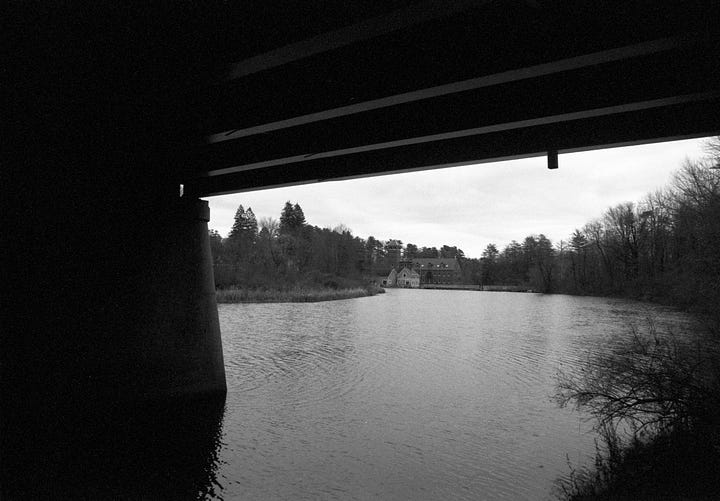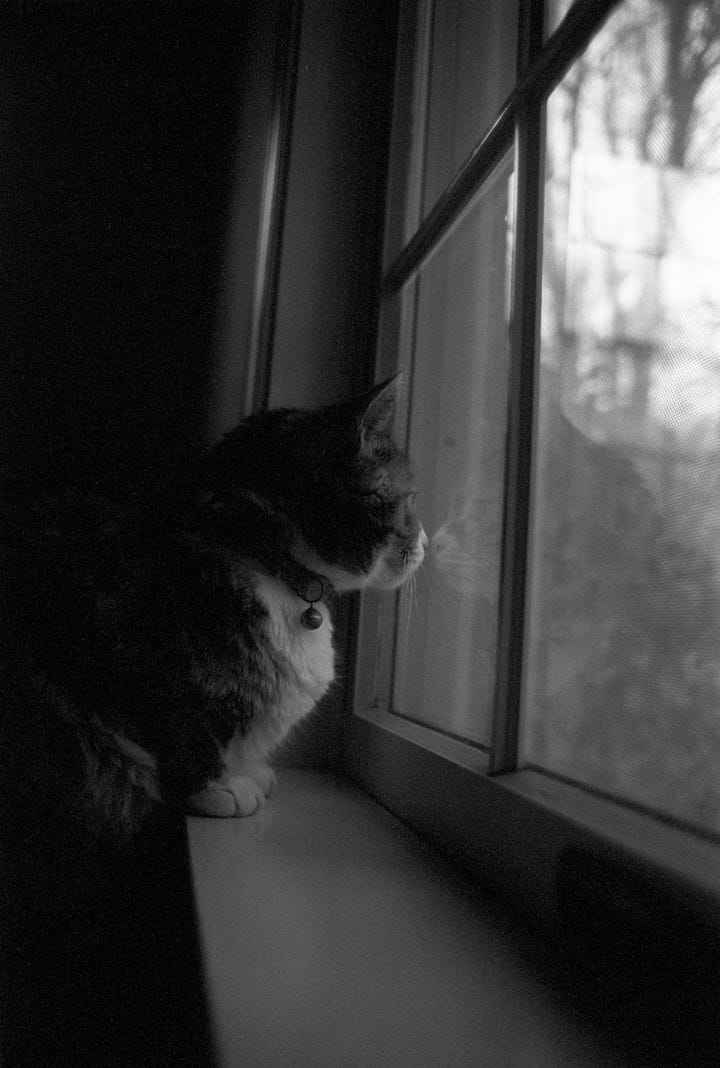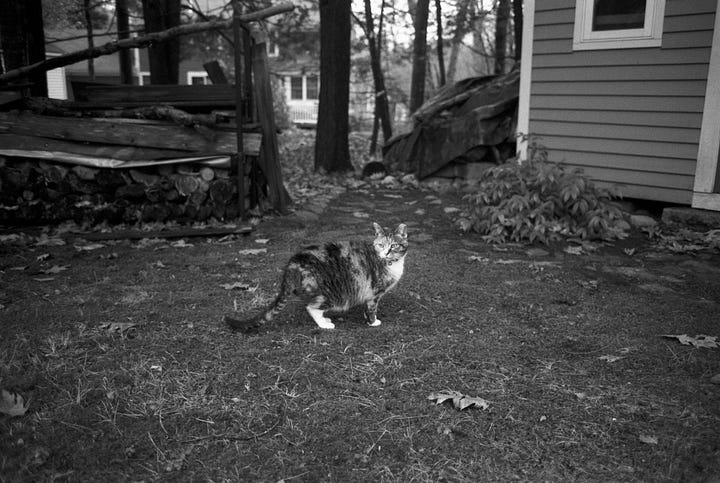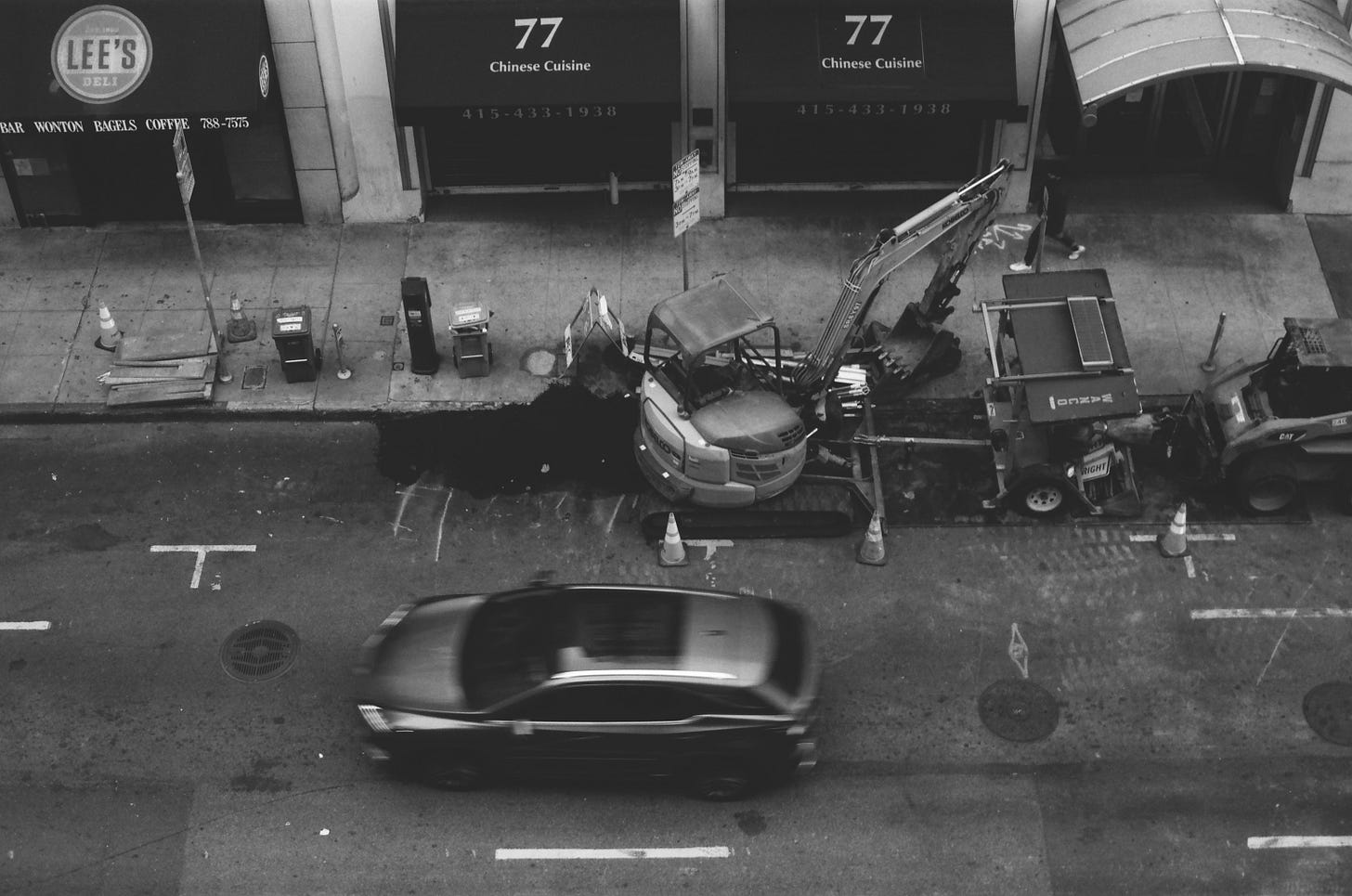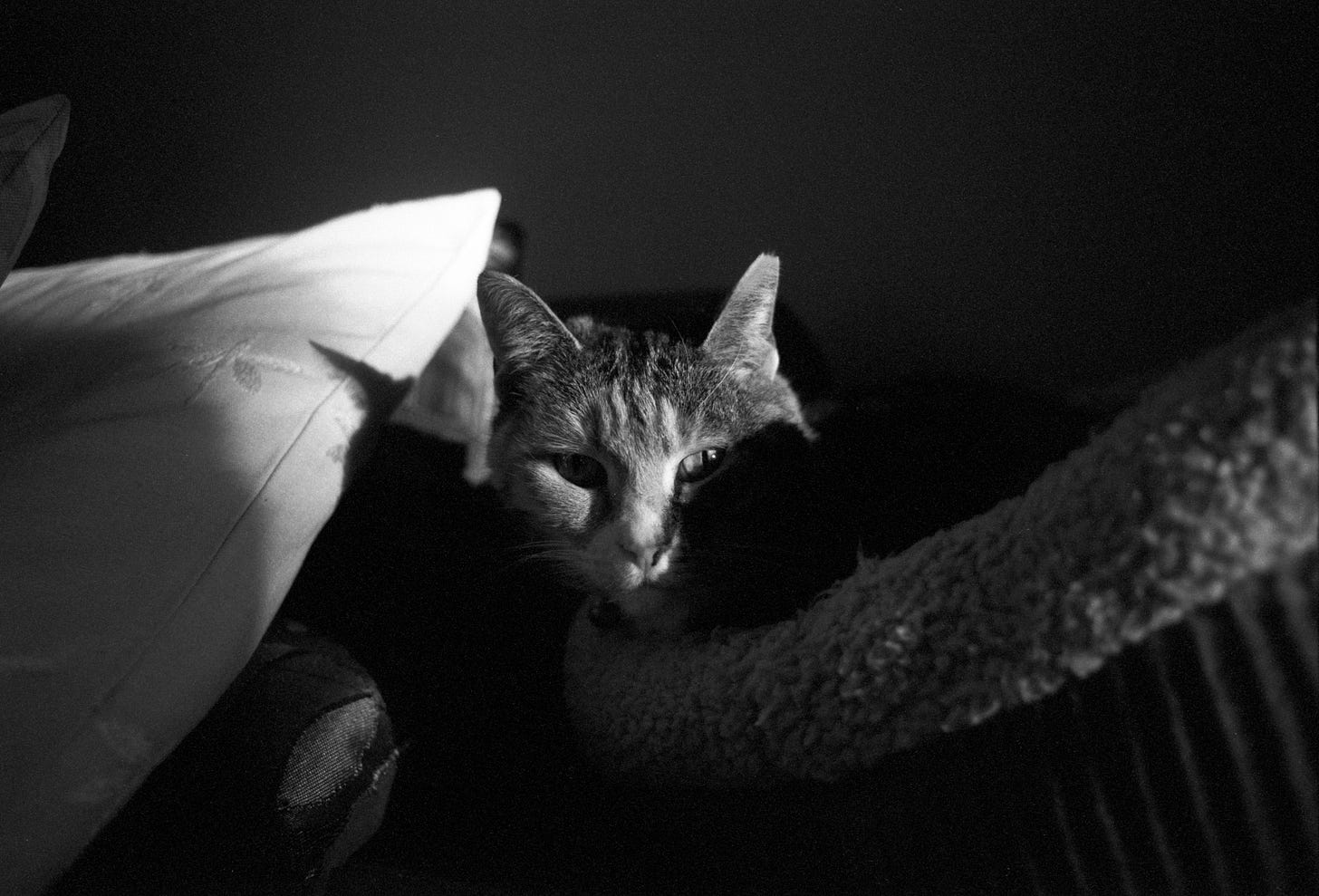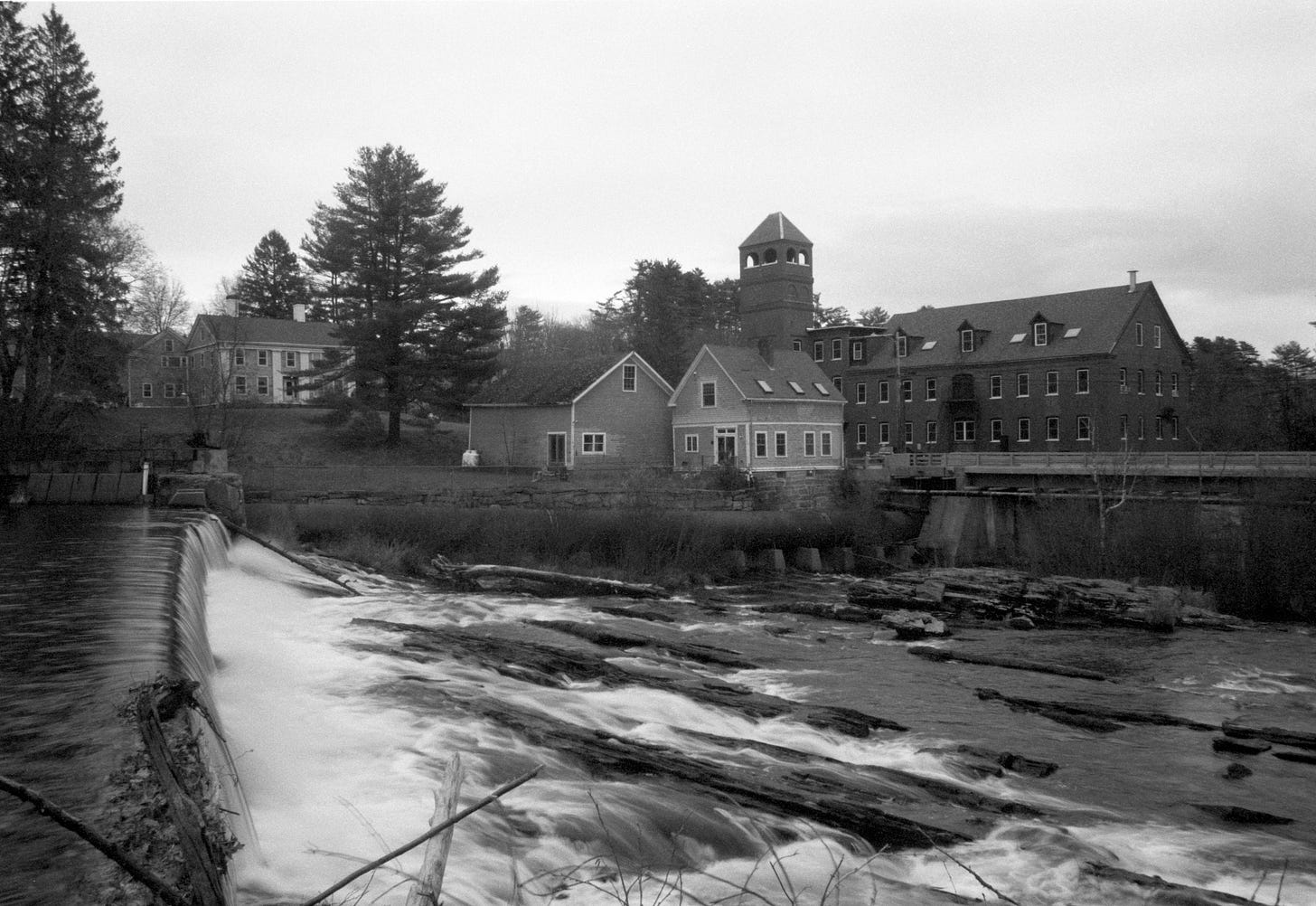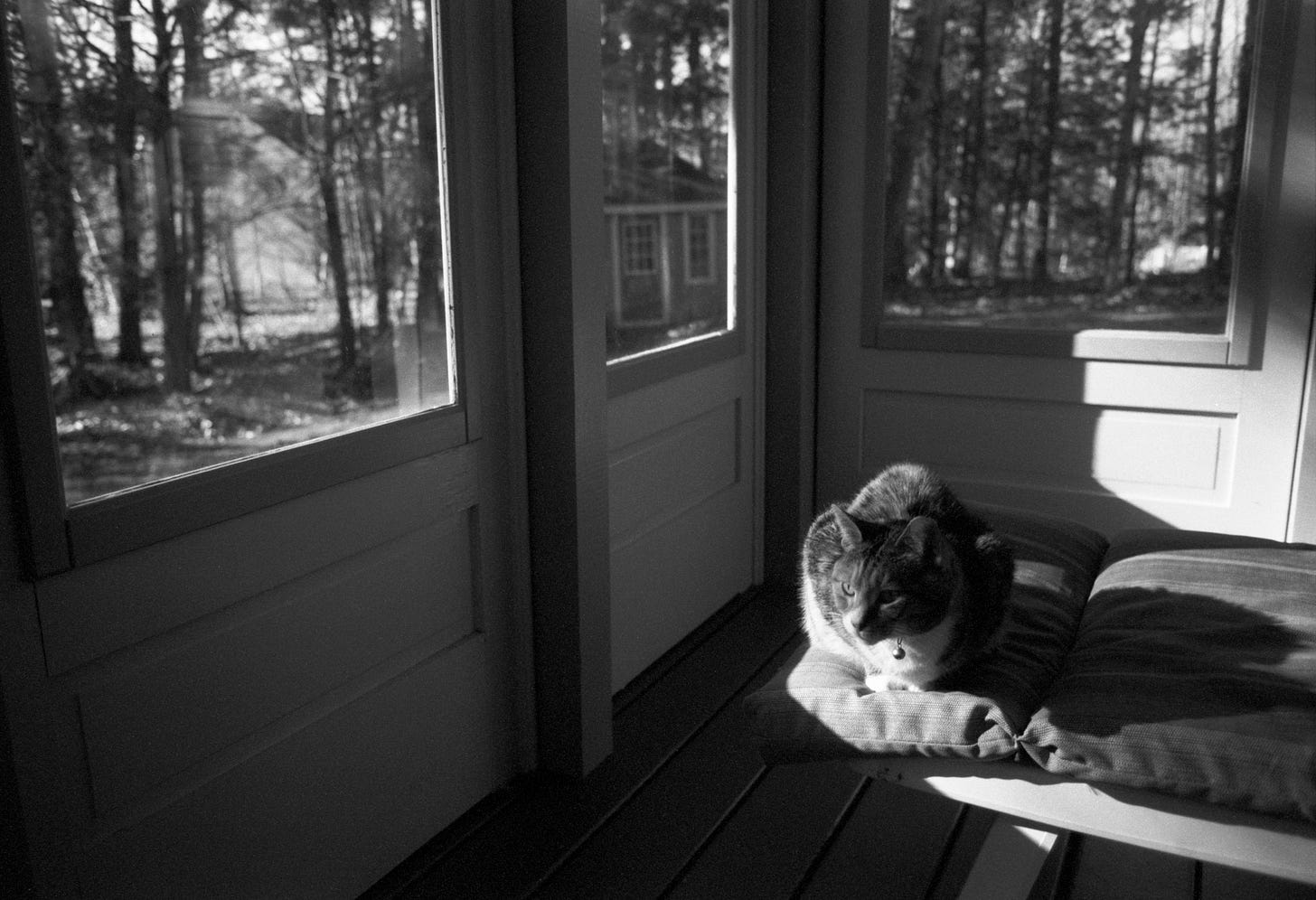Overview
Japan Camera Hunter (JCH) StreetPan 400 is a black and white surveillance film originally made by Agfa and revived by the team at Japan Camera Hunter. It has near-infrared sensitivity and strong contrast, and, while it is branded for street photography, it can certainly be used for other applications.
It was $11 when we purchased it, on the mid to high end of 400 speed black and white films. The 35mm version has since been listed as “Discontinued” or “Limited supply” on the B&H website and no longer appears on japancamerahunter.com, so, at the moment, it’s unclear how much longer it’ll be on the market. It’s still available from various retailers, so we’d recommend picking up a roll soon if you want to try it.
Eric’s Thoughts
Cameras: Nikon FE2 (Nikkor 50mm f/1.4 AI)
Metering: EI400
Development: Pro Photo Connection (Ilford Ilfotec DD)
Scanning: Noritsu (lab scanned)
All photos posted as scanned, no crops, edits, etc.
Going into this, I was looking forward to shooting JCH Street Pan 400. As a a 400 speed black and white film, it’s right up my alley. I got 38 frames on this roll.
The contrast on this film is known to be high, and I think it worked exactly as advertised. Very high contrast, very nice grain. Overall, a good look for black and white film. It was very easy to crush the shadows and lose all detail, but that does, in a way, contribute to the look.
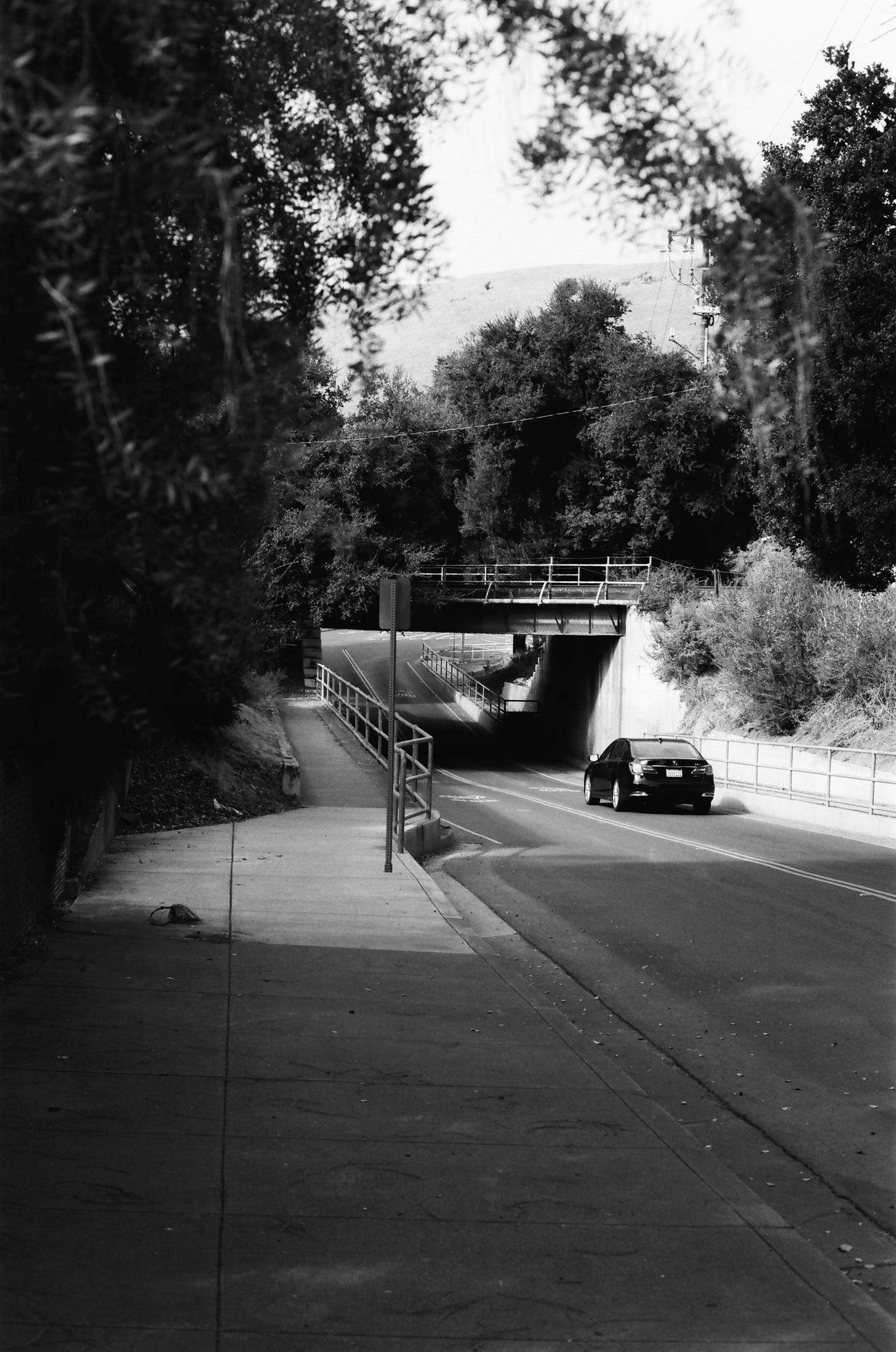
I shot it as a general daily carried roll, and, for situations that worked well (sufficient light, high contrast, sharp lines), it produced some striking images out of camera. It did struggle with situations where I felt a Tri-X, or especially HP5, could have gotten a good shot, but instead, I ended up with a high-contrast mess.
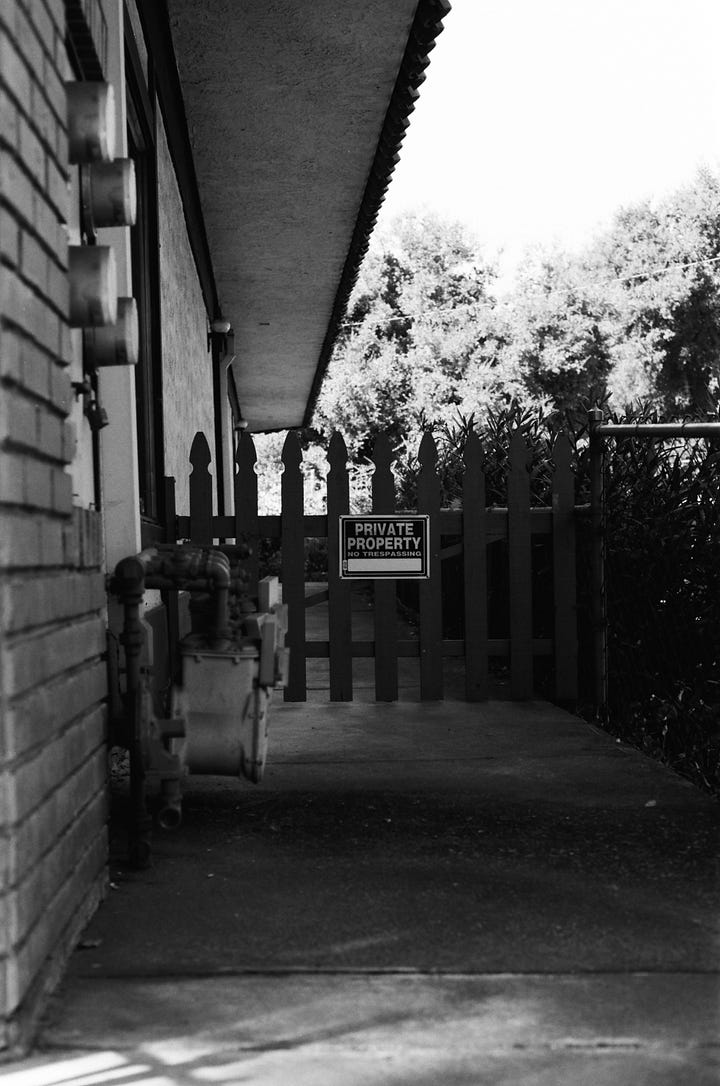
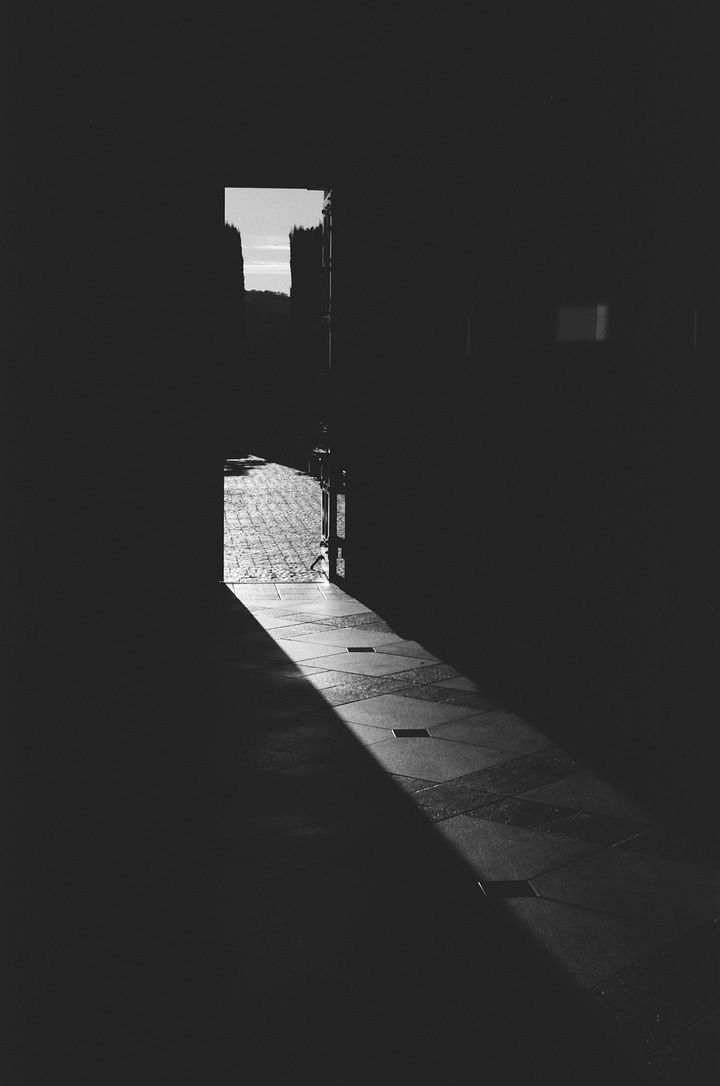
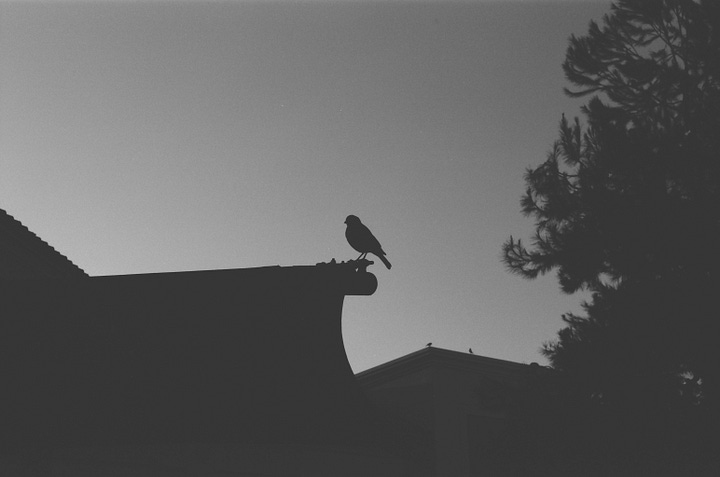
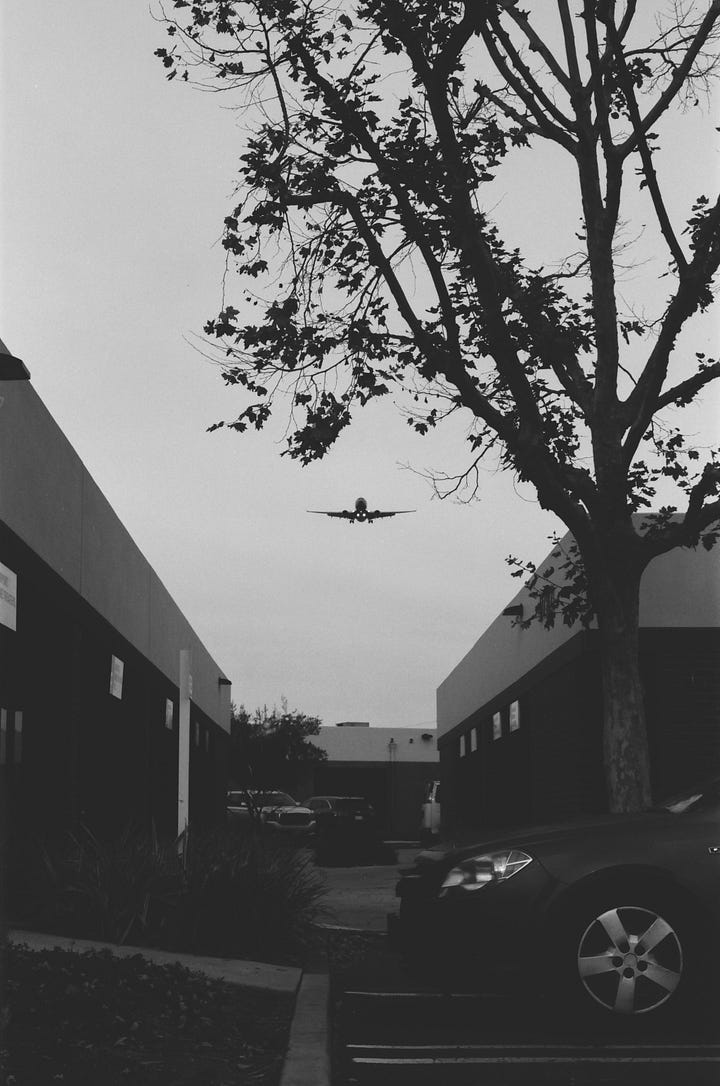
When I first got scans back from the lab, I was really excited. The photos looked good. They have a distinct, attractive look that I like. That said, I find it hard to justify its price. Tri-X similarly has nice grain structure, and the additional contrast can be added in post if I want, for much less per roll.
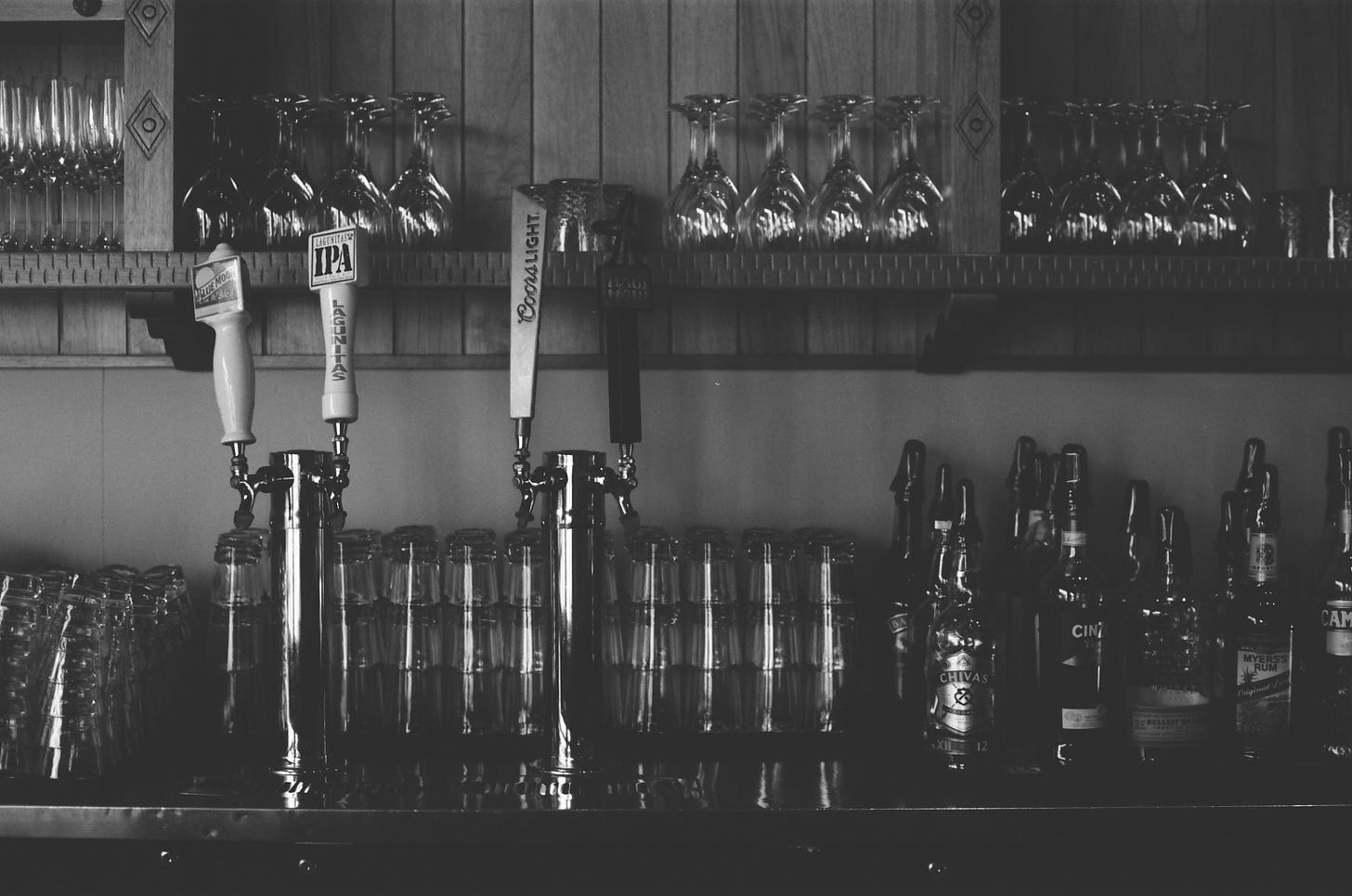
If I was printing in a darkroom, this film would probably be something I’d shoot somewhat regularly. However, with a half-digital workflow, the visual appeal just doesn’t quite do enough to justify it over its alternatives, which can be had for less and are much easier to obtain and more versatile. That said, I’ll probably hang onto my remaining roll for a good opportunity to shoot it, and I could see myself buying a few more rolls when the situation warrants it.
Andrew’s Thoughts
Camera: Canon AE-1 (Canon new FD 28mm f2.8 lens)
Development: Full Circle Fine Art
Scanning: Plustek 8200i SE, Silverfast 9
I was both excited and nervous to shoot JCH StreetPan 400. I’d seen some great example photos online, but also lots of comments about it being difficult to work with. Thin negatives were an often-cited problem, and, in response, I metered most of my shots about a stop overexposed. I thought this worked well and would recommend it to anyone looking to try this film, especially considering many of Eric’s photos metered at 400 are less exposed that I’d like. I didn’t experience any extraordinary curling with the negatives that some reviews mentioned. Surprisingly, I was able to get 38 exposures (mostly of cats, as you’ll soon see), the most out of any film I’ve used so far.
The high contrast is probably the defining feature of this film, and I’d say it’s the strongest out of any film I’ve tried. Along with the pleasant grain, which I find a tad finer than Tri-X and HP5+, it can yield some great, film-noir-like shots. That being said, it doesn’t have the same latitude as more common 400 speed films, and it’s easy to lose shadow detail like in the rocks below.
Despite the fine grain, some of my scans appear a bit soft, though that may just be due to shooting wide open in lower light situations. Detail was otherwise decent. The near-infrared sensitivity supposedly also helps in hazy situations, but I didn’t get the chance to test this and don’t prioritize it as a feature.
It’s a good film, and I liked many of my resulting images, but I don’t really have a practical use for StreetPan 400. If I wanted high contrast, I’d shoot Tri-X and add extra contrast in post, saving a few bucks and gaining some latitude. If I wanted the maximum detail, I’d use something like T-Max 400 at no additional cost. However, if you’re looking for high contrast in the negative, this should be a top contender. It’s also less common than any of Ilford or Kodak’s offerings, so it’s a fun choice if you’re looking to try something a little less mainstream.

